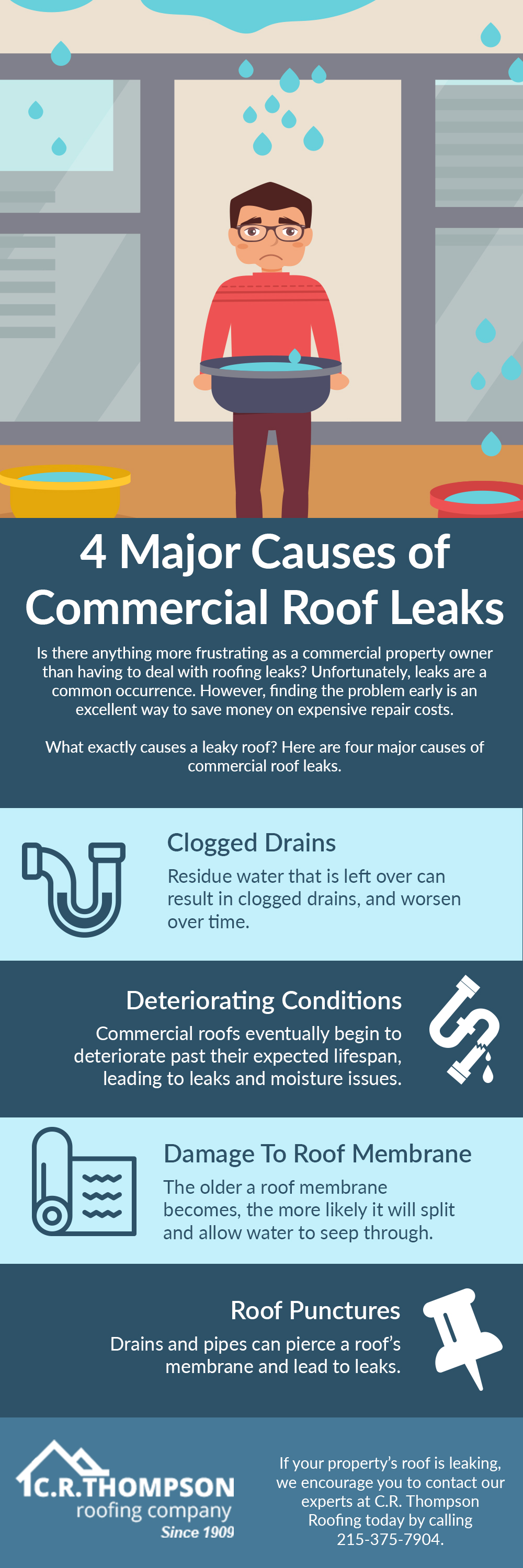Common Roofing System Installation Mistakes And Tips For Preventing Them
Common Roofing System Installation Mistakes And Tips For Preventing Them
Blog Article
Authored By-Yang Padilla
When you're planning a roof covering installment, it's easy to overlook critical details that can result in considerable troubles down the line. You could be attracted to reduce edges on product selection or miss appropriate blinking installment, but these usual blunders can bring about pricey repair services later. Understanding the relevance of air flow and adhering to local building codes is important for a successful project. So, what are the vital steps you should take to guarantee your roofing stands the test of time? Let's discover some effective strategies to prevent these mistakes.
Poor Material Option
When it comes to roofing system installation, selecting the wrong products can result in expensive troubles down the line. You could assume that any roof covering product will do, yet that's a typical mistaken belief. It's crucial to select materials that match your regional climate and the specific needs of your home.
For example, if you reside in a location with hefty rain or snow, choosing asphalt roof shingles may not be the most effective choice. Instead, consider more resilient choices like steel or slate.
Furthermore, focus on the top quality of the products you're considering. Low-cost products might save you money upfront, but they typically lack longevity and can cause regular repair work or replacements.
You should likewise think about the style of your home and make certain the products you select will keep its visual charm.
Finally, window installation services fail to remember to talk to experts. They can offer valuable insights and recommend products that comply with neighborhood building regulations.
Spending time in correct product selection now can aid you prevent migraines and costs in the future, making your roof covering task a success.
Inadequate Flashing Installment
Picking the ideal products isn't the only factor that can lead to roof issues; insufficient flashing setup can additionally produce significant issues. Flashing is crucial for directing water away from at risk locations, such as smokeshafts, skylights, and roofing system valleys. If it's not set up properly, you risk water intrusion, which can cause mold and mildew growth and architectural damage.
When you install flashing, ensure it's the best type for your roofing system's layout and the local climate. For instance, metal blinking is typically extra sturdy than plastic in locations with heavy rain or snow. See to it the flashing overlaps properly and is protected securely to stop voids where water can seep through.
You need to additionally take note of the setup angle. Blinking ought to be placed to route water away from the house, not towards it.
If you're uncertain regarding the installation process or the products needed, speak with a professional. They can aid determine the best blinking choices and ensure every little thing is mounted properly, safeguarding your home from possible water damage.
Taking these actions can conserve you time, cash, and headaches down the road.
Neglecting Ventilation Requirements
While several home owners concentrate on the visual and structural aspects of roof installation, ignoring ventilation requirements can lead to major long-lasting consequences. Appropriate ventilation is necessary for controling temperature level and dampness levels in your attic room, avoiding issues like mold development, timber rot, and ice dams. If construction & remodeling" do not install ample ventilation, you're establishing your roof up for failure.
To avoid this error, initially, evaluate your home's specific air flow demands. A balanced system usually includes both intake and exhaust vents to promote air flow. Guarantee you have actually installed soffit vents along the eaves and ridge vents at the optimal of your roofing system. This mix allows hot air to escape while cooler air enters, keeping your attic room space comfy.
Additionally, consider the type of roof material you've selected. Some materials might call for extra ventilation strategies. Confirm your neighborhood building codes for ventilation standards, as they can vary considerably.
Finally, do not neglect to evaluate your air flow system regularly. Clogs from particles or insulation can hamper air flow, so keep those vents clear.
Conclusion
Finally, avoiding common roofing system installation blunders is vital to ensuring your roof covering's longevity and efficiency. By selecting the best materials for your environment, setting up flashing properly, and attending to ventilation needs, you can avoid pricey issues in the future. Don't forget to familiarize yourself with neighborhood building codes and timetable regular evaluations. With these steps, you'll take pleasure in a risk-free, resilient roofing that safeguards your home for several years to find. Delighted roofing!
